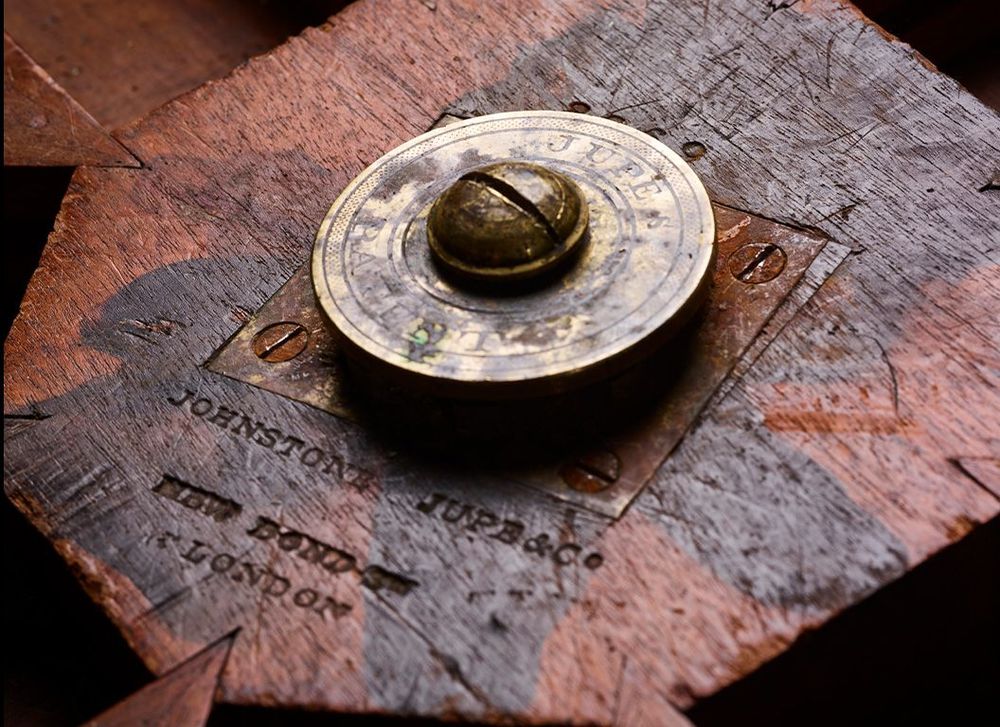In March 1835 Robert Jupe, an upholsterer based at 47 Welbeck Street, Cavendish Square, London, applied for a patent on an ‘improved expanding table’ that was ‘so constructed that the sections composing its surface may be caused to diverge from a common center and that the spaces caused thereby may be filled up by inserting leaves or filling pieces’.
From 1835-1840 Jupe was in partnership with John Johnstone of New Bond Street and the company traded under the name Johnstone, Jupe & Co. The partnership dissolved after 1840, and each man set up on his own, each selling tables with Jupe’s patent mechanism but under different trade names, Jupe under his own name and Johnstone with a new partner Jeanes.
Beautifully engineered, the genius of Jupe’s mechanism was that it enabled the table’s radial top to expand with minimal effort to accommodate two different sets of eight leaf inserts, allowing the table to transform into three different sizes. Pedestals and bases could be tailored to the wishes of the buyer, from fairly plain to more exuberantly carved examples like the present lot.





